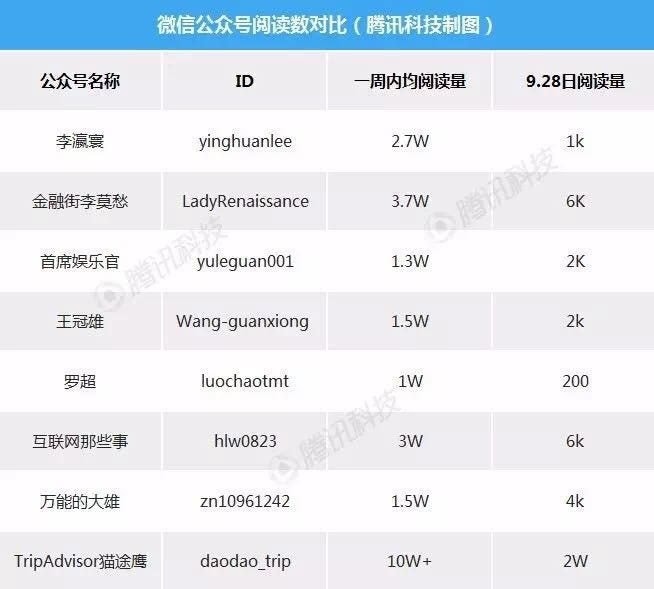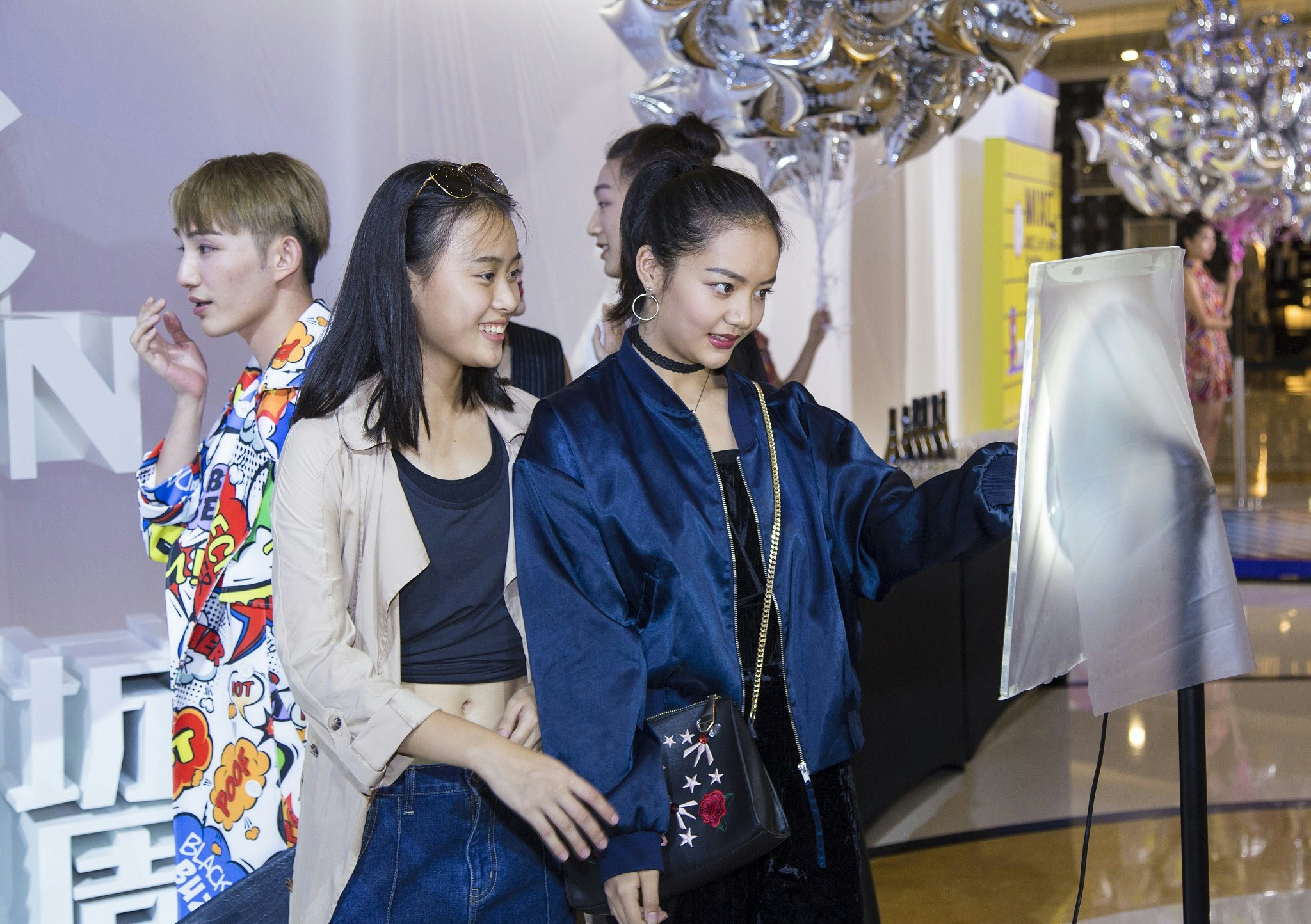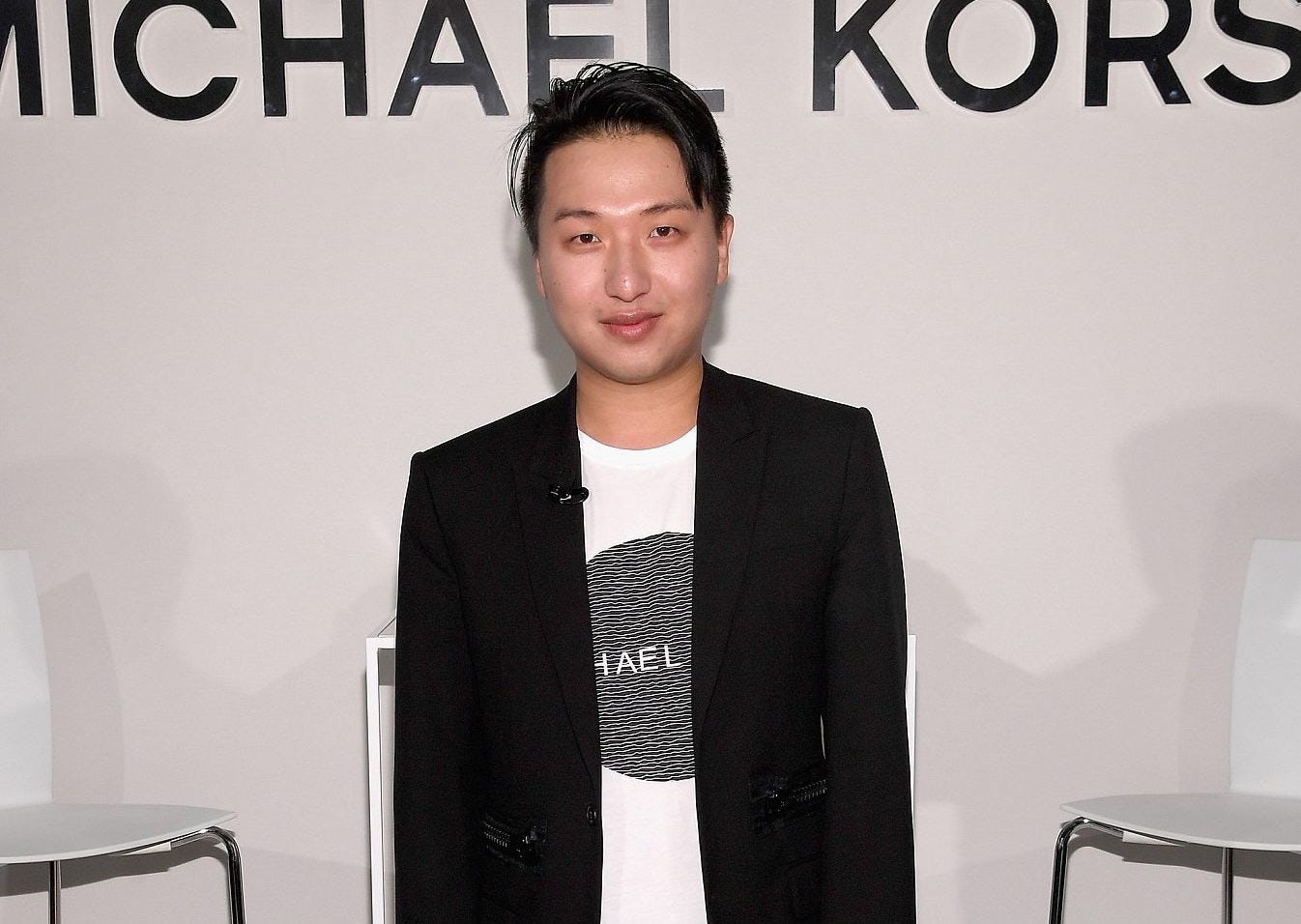In China, there is fake meat, fake followers, and fake KOLs. How do brands avoid fake KOLs and find the truly effective ones? The value of paying key opinion leaders (KOLs) to promote your brand or product hinges on each KOL’s reach and following. The top KOLs are even able to charge high fees for promotional comments. However, sometimes brands struggle to know if the reach a KOL is real, Chinese social media is full of fake accounts with fakes followers and fake comments. Assessing whether a KOL actually is influential is challenging.
On Weibo, one of the largest social media platforms in China, cheating is very common, and it’s no secret that interactions and comments are for sale on e-commerce websites like Taobao. The same is true for WeChat. On September 29th, 2016, a change to the WeChat system communication port exposed the fact that many top WeChat accounts were not as popular as they appear; these accounts included some big-name KOLs and even some official brand accounts. The difference between the real numbers and displayed information was staggering.
The September 28th total view count for "yinghuanlee", the WeChat account of an influential Chinese tech blogger, tumbled from 27,000 average daily clicks during the week before to just 1,000. "luochaotmt", another high-profile tech account, had 200 views that day, far below its weekly average of 10,000 views.
To combat this problem, WeChat actually has a team that focuses on preventing fake views, but there are still endless ways to cheat.

This article attempts to give some advice to luxury brands on how to collect the right data to screen out fake KOLs.
The first step in identifying the right KOLs for a brand is to collect the right data and monitor the activity of KOLs. In addition, brands can evaluate and predict the ROI for each KOL by mapping out historical data such as engagement and recent follower activity. Again, the key is to analyze the quality of the KOL’s engagement by analyzing the followers who engage with the KOL’s posts. By mapping out the engagement, brands can screen fake KOLs and implement a weighted algorithm to find the best influencers for their content.

Above are some pictures illustrating the page view (PV) data of both real and fake KOLs. We can see that the PV data of real KOLs increases gradually and steadily over time. However, the PV data of fake ones usually witnesses a sharp and unnatural, noncontinuous growth.
It’s also worth noting that a KOL that is very effective on Weibo is not necessarily effective on other platforms like WeChat or Youku. Super fans and long-tail influencers are important factors for brands to consider when trying to implement anti-cheating plans.
A super fan is a person who likes your brand so much, that they enjoy sharing their love for your product or brand with their friends more often than average followers. Long-tail influencers, like super fans, enjoy presenting themselves as knowledge resources on social media. Both types of fans love to share what they know, and they will interact with your brand and with their friends more often than others on social media.
Brands that tap into long-tail influencers and super fans can expand their influencer campaigns through thousands of micro-influencers at the same or lower cost than traditional celebrity-based KOL programs. These micro influencers are generally very knowledgeable about the products they promote. Moreover, their knowledge and passion make them more credible to those who read their posts.
By spreading out the budget that was once allocated to a handful of big KOLs among thousands of micro-influencers you may be able to boost your ROI dramatically. The more data your brand is able to collect, the better your analysis and prediction models will be.
Miranda Tan is the CEO and founder of Robin8 (www.Robin8.net). Robin8 is an Influencer search engine focused on profiling, ranking and matching KOLs and micro influencers.


